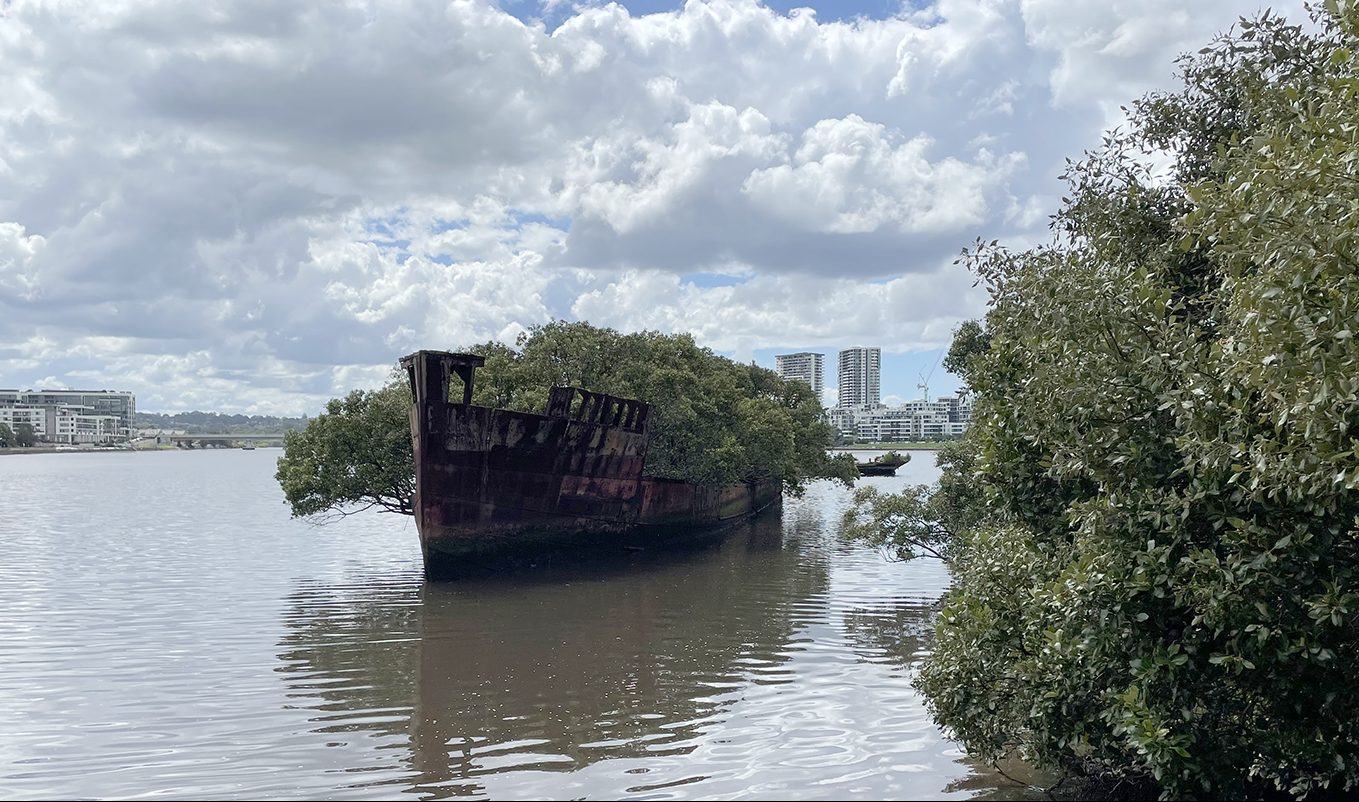
Homebush Bay Shipwrecks
A slice of Sydney history, hidden in plain sight
Homebush Bay | 12km | easy
Looking for a walk on a wet weekend, and trying to avoid Sydney’s muddy bush tracks, Jen and I set out to explore one of the cities lesser-known attractions. The shipwrecks of Homebush Bay.
Starting from Meadowbank Wharf it took us a few minutes to work out how to get up onto the John Whitton Bridge to take us over the Parramatta River. Handy hint – access is via a pedestrian ramp from Bay Drive on the eastern side of the railway tracks. The view up and down the river from the bridge is lovely and the forecast rain stayed away, to the right is the new railway bridge and train line. At the southern end of the bridge there are stairs down to Blaxland Road where if you go left and then left again under the bridge you will find yourself on a walkway following the riverbank around the point.
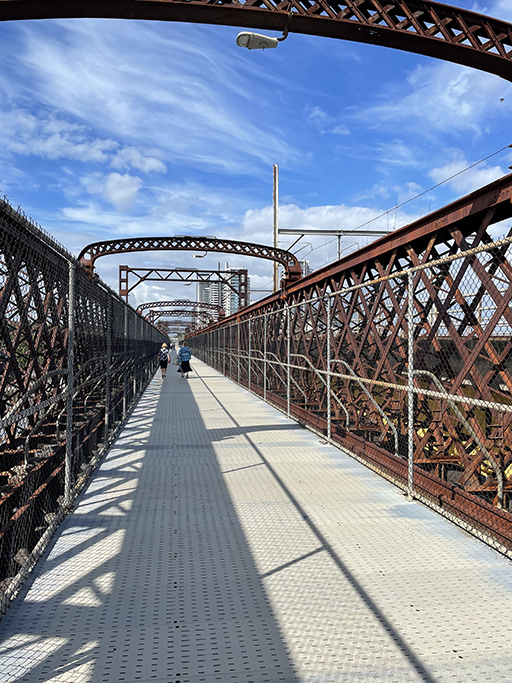

History Lesson
The John Whitton Bridge opened in 1886 on the site of the original punt that crossed the Parramatta River in the 1830s, you can still see the punt ramp at the end of the road. The bridge carried trains across the river until 1980 when it was replaced by a new carriageway right alongside the original. The bridge lay idol for 20 years before being repurposed as a pedestrian and bicycle way in 2000. John Whitton, the designer of this bridge, was the man behind the Zig-Zag Railway in the Blue Mountains.
Rhodes
From Rhodes Point follow the walkway along the shore past apartments, shops and cafés, landscaped gardens and a steady stream of pedestrians and cyclists. Walk past the Bennelong Bridge, which we will cross later, and continue along the river to Rhodes Waterside Shopping Centre. An excellent opportunity for some retail therapy and a spot of lunch if you feel so inclined. With our purchases limited to what we are willing to carry for the rest of the walk, and some refreshments on board we continued on our way.
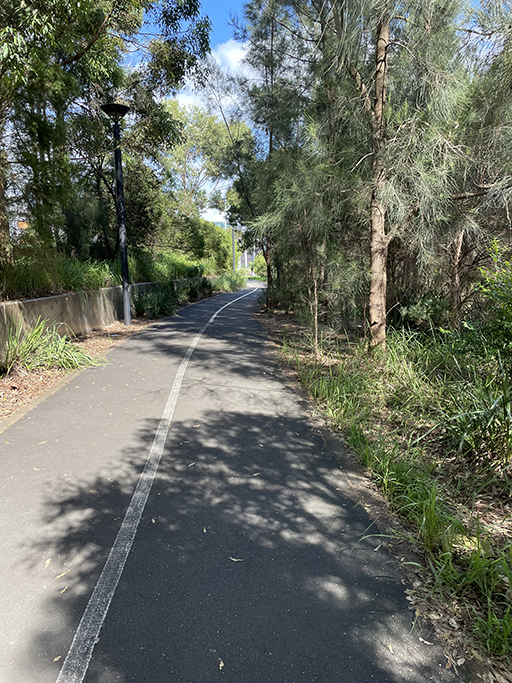

As the walkway leaves the built-up areas of Rhodes and runs along the side of Bicentennial Park there is a signposted path heading in through the mangroves. After crossing Powells Creek via a metal pedestrian bridge turn right again and follow the path towards the Badu Mangroves and the Coastal Saltmarsh. Bicentennial Park is one of the best bird-watching spots in Sydney, home to an impressive array of water and forest birds. Birdwatching is not something I do regularly but even with a casual look over the waterbird refuge we could see many species, many I couldn’t name but one I easily recognised, graceful black swans.
With the bird pond on your left, keep an eye out between the mangroves to your right. Cables, cranes, winches and other rusted marine remnants are dotted around, breaking apart and sinking into the mud, and the SS Heroic can be seen close to the shore. The Hornswaggle Observation Tower is a fun distraction. You can climb the spiral stairs for a great view over the mangroves and up the river, but sadly the tower isn’t tall enough to see any of the wrecks over the trees.


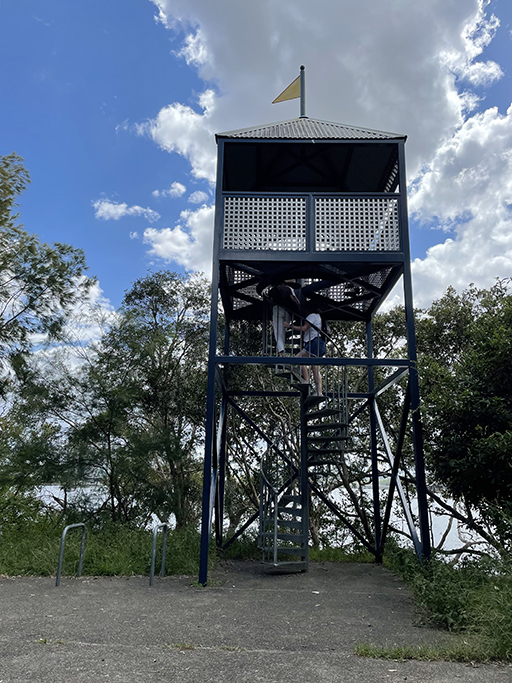
Emerging from the mangroves the walking path meets Bennelong Parkway which you will need to cross (there is no footpath on this side) and turn right along the other side of the road. Just past Haslams Creek, cross back over the Parkway and follow the walking track along the edge of the creek back up to the bay. You will soon be able to see the most spectacular of the Homebush Bay wrecks sitting silently in the shallows.
The Wrecks
The wreck of the SS Ayrfield is one of at least seven abandoned vessels that lie just a few metres from the mangroves. As nature slowly takes over the decaying ships it makes for a spectacular sight with trees creating a green canopy over the slowly disappearing hulls. Something you would expect to see in a remote part of tropical Queensland, the remains of these wrecks are only meters from the shore and a stone’s throw from residential developments that now fringe the bay.

In its heyday the Ayrfield transported supplies to US troops in the Pacific and coal from Newcastle to Sydney before being brought here to be scrapped in 1972. Back in those days this little corner of the Parramatta River was an unpopulated area with slipways where ships were stripped of their parts and then taken away to be scrapped or melted down. As the price of scrap metal plummeted so did the profits and the companies started to close.
The Ayrfield and other wrecks, including the SS Heroic, HMAS Karangi and a collection of barges were left to rot where they were, in a part of the harbour no one cared about. Decades from now, the Ayrfield and its silent neighbours, will rust away and all that will remain will be the mangroves that have made their home within these once mighty vessels.
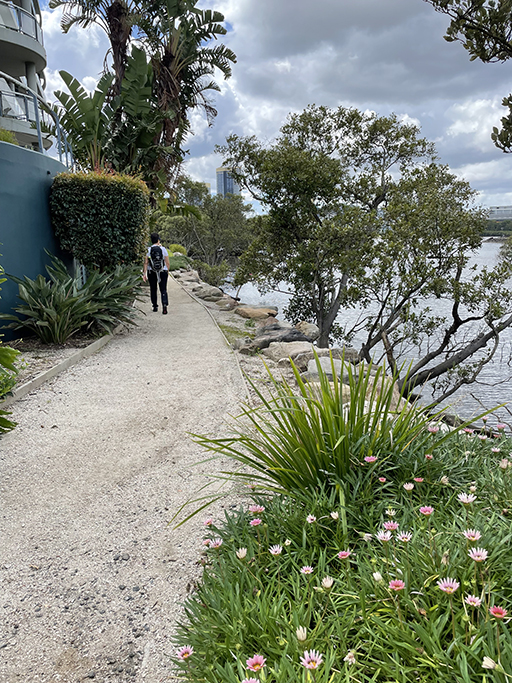
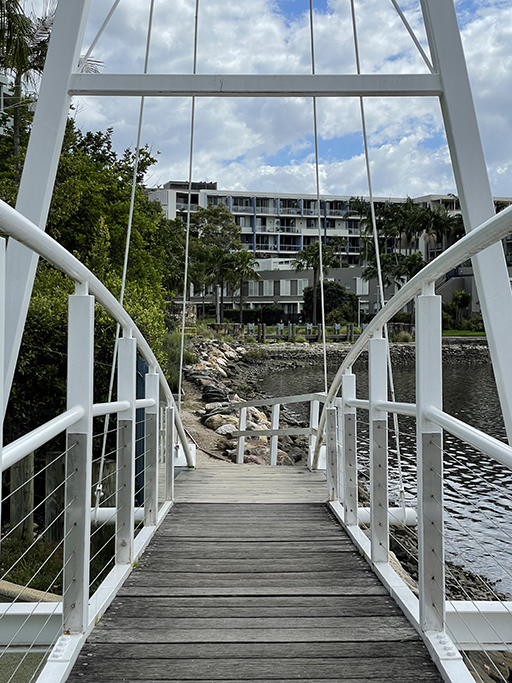
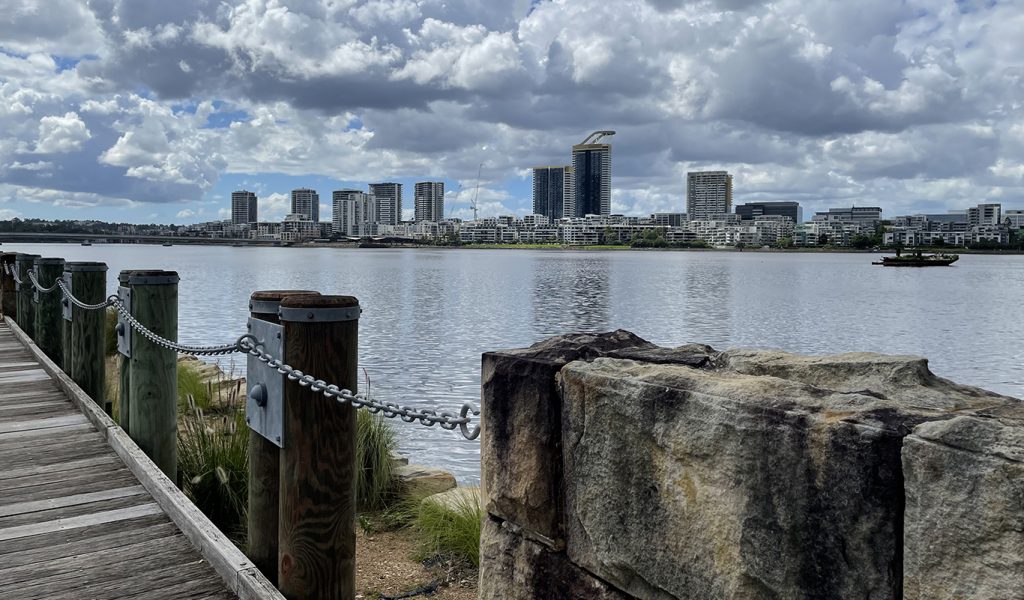
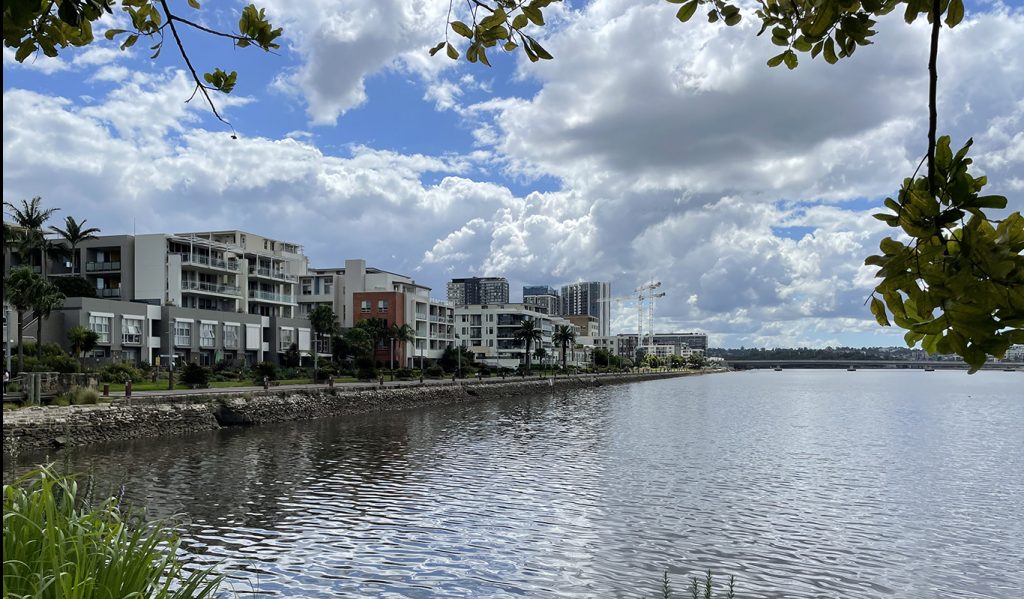
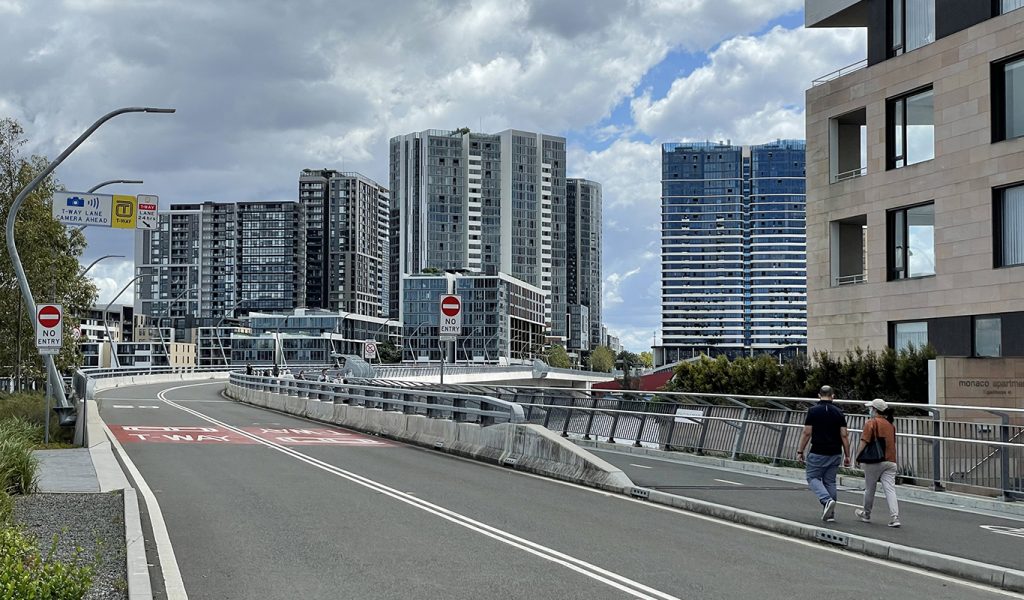
Wentworth Point
As much as I am not a huge fan of high-density residential developments, the walking track around the western shore of Homebush Bay is a lovely place to walk. With more buildings still under construction the path is not yet complete, and we had to detour for a few blocks along the streets of Wentworth Point to reach the Bennelong Bridge. This bridge connects the rapidly growing suburb of Wentworth Point with Rhodes and is only for use by pedestrians, cyclists and buses. The 300m walk over the river has some great views along the waterway and back to Olympic Park.
From here it was a simple backtrack through Rhodes and over the John Whitton Bridge back to the car. A lovely urban walk that is easily accessible by train or ferry and should go onto every Sydney-siders to do list.
